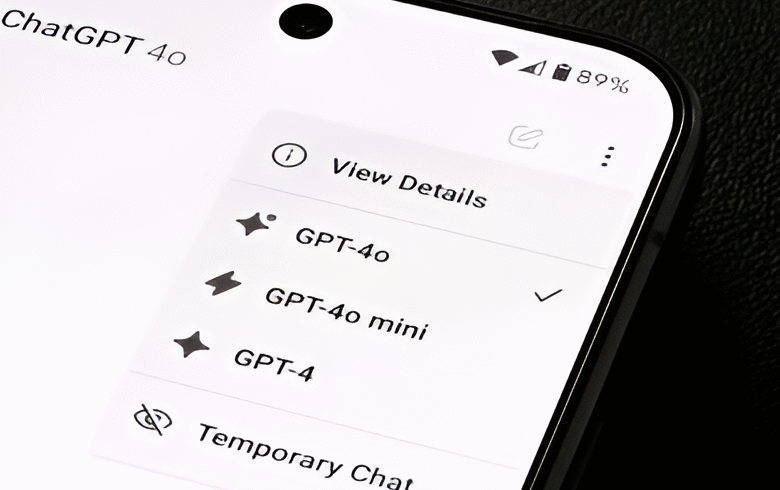GPT 4o vs 4 – Key Differences Explained
- April 19, 2025
- 0
AI is growing fast, and OpenAI is at the front with new updates. One of their latest releases, GPT-4o, is causing a lot of buzz. Many people are
AI is growing fast, and OpenAI is at the front with new updates. One of their latest releases, GPT-4o, is causing a lot of buzz. Many people are

AI is growing fast, and OpenAI is at the front with new updates. One of their latest releases, GPT-4o, is causing a lot of buzz. Many people are asking about GPT-4o vs GPT-4, the new features, the better output and its importance.
The GPT-4o vs GPT-4 debate can be understood by first knowing about GPT-4o. The “o” 4o stands for “omni,” meaning it can do many things together. GPT-4 nderstands and generates text. You type your question, and it gives you a text-based answer.
But GPT-4o is different. Not only can it understand text, but it can also process voice and images. You can show GPT-4o a picture and ask, “What’s happening in this image?” And it will analyze and respond with smart, contextually aware answers. You can also speak to it directly, and it will respond instantly, just like talking to a person. This is where GPT-4o vs GPT-4 becomes clear – GPT-4o is more flexible and interactive, able to handle multimodal inputs (text, voice, and images).
Another huge difference in GPT-4o vs GPT-4 is performance. GPT-4, while fast, can sometimes feel a bit slow in complex tasks. On the other hand, GPT-4o is much faster. It can process voice input and give response in about 200 milliseconds, which is almost how quickly humans talk. That’s a huge upgrade over GPT-4, which can be a little slower in comparison. GPT-4o uses less memory and works much more efficiently. This makes it perfect for mobile apps and devices that require a lightweight AI with fast response times. So when we look at both in terms of speed and system resource use, GPT-4o is clearly the winner.
One of the best features of GPT-4o is its ability to handle mixed inputs, such as text, voice, and images at the same time. GPT-4o can process all that information and give a thoughtful, accurate response. GPT-4 can’t do that nearly as good. This ability makes GPT-4o useful for customer support, education, and even accessibility tools. GPT-4o understands multiple types of data.
With its ability to process different kinds of inputs, GPT-4o is being used in a variety of fields. It is being used in voice assistants, virtual learning platforms, mental health chatbots, and interactive entertainment. GPT-4o create more natural conversations because it talks and listens, so it can provide accurate help to users. Writing and content generation wasdone by GPT-4. GPT-4o is now the application for more interaction, such as customer service, voice-driven apps, and even virtual companions. So when comparing GPT-4o vs GPT-4, GPT-4o is really the better choice for developers looking to build more complex and interactive tools.
The GPT-4o vs GPT-4 debate ends with GPT-4o being winner. Its faster response time, ability to handle voice, text, and images, and more efficient use of resources, GPT-4o is the next step in AI technology. While GPT-4 was great for text-based tasks, GPT-4o brings a great level of interactivity and flexibility for users.